Zylon (PBO)
Interior of the Babolat Syntronic 900 Zylon 900 Zylon microfibers form the core of the string
PBO (Poly (p-phenylene-2, 6-benzobisoxazole)) is liquid crystal polymer developed by Japan-based Toyobo Co., Ltd under the trade name Zylon. Zylon is a trade name for a range of materials manufactured by this company.
Zylon was invented and developed in the 1980s. Like Kevlar , Zylon is used in a number of applications that require very high strength with excellent thermal stability. Tennis racquets, Table Tennis blades, various medical applications, and some of the martian rovers are some of the more well known products.
Zylon is a gold coloured fiber with an initial modulus that is significantly higher than other high modulus yarns, including aramids, the strongest man-made fiber in the world - with four extraordinary characteristics:
- Extraordinary tensile strength - it is stronger than steel and twice as strong as Kevlar
- Remarkably high modulus (resistance of fiber to stretch) - also twice as high as Kevlar
- Flame resistance - it will burn only when exposed to atmospheric conditions consisting of at least 68% oxygen, a state that is not naturally encountered in Earth's atmosphere
- Incredible thermal stability - it will decompose only at temperatures in excess of 1470° (780oC)Fahrenheit.
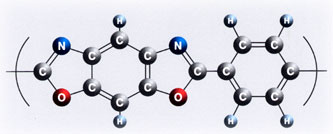
Zylon's unique physical properties allow Zylon-based body armor to provide remarkable ballistic protection at a light, and therefore comfortable and wearable, weight. Since the introduction of Zylon-based bullet-resistant vests, the percentage of police officers wearing them regularly has increased significantly.
The result: more lives saved.
Polybenzobisoxazole (p-phenylene-2,6-benzobisoxazole) (PBO) is a rigid-rod isotropic crystal polymer. Zylon is a new high performance fiber developed by TOYOBO using the latest material science and state of the art fiber technology. Zylon has superior tensile strength and modulus compared to p-Aramid fibers. It also has outstanding high flame resistance and thermal stability. Zylon shows excellent performance in such properties as creep, chemical resistance, cut/abrasion resistance and high temperature abrasion resistance, that far exceeds p-Aramid fibers. Zylon's moisture regain is low (0.6%) and it is dimensionally stable against humidity. Zylon is quite flexible and has a very soft hand, in spite of its extremely high mechanical properties. It can be processed into various product forms, such as continuous filament, staple fiber, spun yarn, woven and knitted fabrics, chopped fiber and pulp.
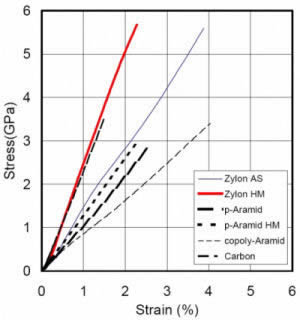
Recently, Zylon fiber is used with various applications requested high strength such as protective clothes, jeans, balloons, and so on. Zylon fiber has an interesting property in addition to the strength. That is a negative thermal expansion coefficient to the fiber direction, therefore Zylon fiber reinforced plastic (ZFRP) expands to the fiber direction during cooling down from room temperature to liquid helium temperature.
The Zylon fiber degrade by UV and visible light, seawater and shafing and is therefore protected by a synthetic melted-on jacket.
Starting in the 2007 season, the F1 driver's cockpit must be clad in special anti-penetration panels made of Zylon. Indy Racing League will also use Zylon starting in 2008.
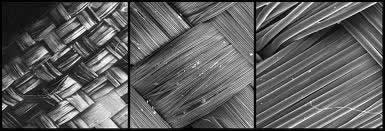
To meet revised technical requirements from the FIA, F1's sanctioning body, engineers were required to make significant changes to the previous car's body and chassis, including the addition of a thick pad of Zylon, to improve side impact protection.
Since 1998, F1 cars have had to fit wheel tethers connecting the each wheels to the chassis. This rule was introduced to try to stop wheels coming free and bouncing around dangerously during an accident. The tethers used are made of Zylon, tether supposed to be able to withstand a force of greater than 5500 kgs of load.
The tether must be attached to the chassis at one end, and with the other end connected to the wheel hub (wheel assembly). They are hidden in and passing trough the suspension arms.
Unfortunately, we also see wheels coming off Formula 1 cars rather more often than we'd like. The tethers are working, but they're not reliable enough, tragically killing a marshall at the Italian GP in 2000 and we had the fatal Formula 2 accident at Brands Hatch last season that claimed the life of Henry Surtees after he was struck on the head by a loose wheel that had broken away from a car in front of him on track . But every time a tether has prevented a wheel from becoming detached and fly from the car, it has potentially prevented death or injury to the driver, marshal or other drivers. On the picture below, you can see wheel tether from period when only one tether was in use.
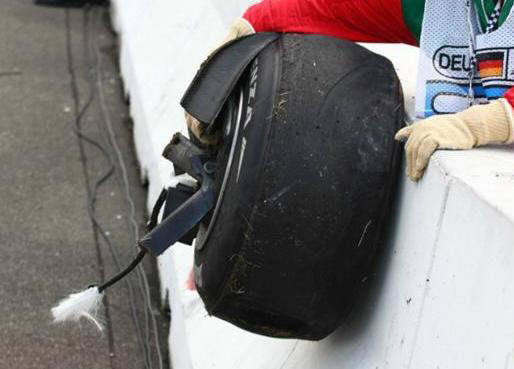
After discussion at the Technical Working Group, the FIA have introduced an extra tether to each wheel for the 2011 season to try to stop the wheels coming off and causing injury to other drivers, marshals or spectators. Rather than thinking that each tether is 100% reliable, new approach is that if you put two tethers on each corner that are run independently, so fully redundant – one in, say, the top wishbone and one in the bottom wishbone – then we're going to drastically improve the probability that one or both tethers will survive in an accident.
Le Mans Prototype LMP cars will get them from 2014 on.
The drawback of Zylon is that must be protected from light and UV, so it must be covered in a shrink wrapped protective cover. The tethers are designed to withstand huge load, but often they can break quite easily during an accident, especially if the cable gets twisted by the broken suspension members. The teams normally replace the tethers every two or three races to ensure that they can withstand the loads put on them during an accident. Most of the tether hidden inside suspension wishbones, for aerodynamic purposes, but the only requirement is it has to be attached to the wheel on one side, and to the chassis on other, and exactly how it is done that is somewhat subject to the teams.
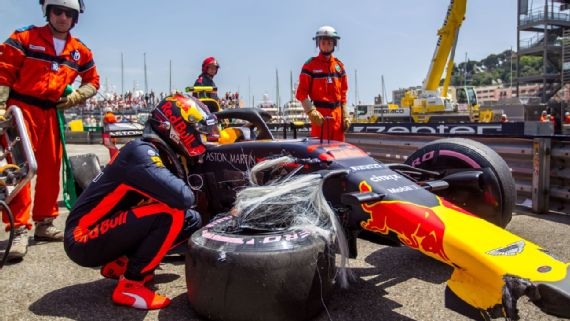
The FIA approved wheel tethers are made by two companies (TECHNICAL LIST N° 37, List of cables in compliance with the "FIA standard for Formula One wheel restraint cables"), one in the UK, Future Fibres in London, and Cortex Hümbelin AG in Rupperswil, Switzerland been the other, and take the form of a rope. The tethers used in F1 are a derivative of high performance marine ropes, made especially for each car.
1. SCOPE
Wheel restraint systems are important to improve protection to the drivers and the personnel (spectators and officials) within the proximity of the race event. It has been shown that during an accident a wheel may be ejected at velocities in excess of 150km/h (42m/s) relative to the car, which corresponds to a linear kinetic energy of 17kJ for a 20kg wheel assembly.
This specification provides test methods, criteria and limits to assess the performance of wheel restraint systems to ensure that the potential for wheel ejection is reduced. During early development work, an advanced wheel restraint system was considered in two parts; an energy absorbing unit and a connecting tether. However, the latest research has demonstrated that an integrated tether
can absorb the required energy without the need for a separate energy absorbing unit. And, therefore, an integrated tether is the preferred solution. Other designs may be acceptable, but the geometry and function must be approved by the FIA before submitting for certification. A definition of the key components is provided below.
2. DEFINITIONS
2.1 Wheel Assembly
Those parts, likely to include the wheel, tire, upright, brake calliper and brake disk, that are considered to be a single projectile during a wheel ejection event.
2.2 Wheel Restraint Cable (Tether)
Flexible load carrying element that connects the wheel assembly to the main structure of the car and that provides the required strength and energy absorbing capability.
2.3 Energy Absorber
The energy absorbing capability of the tether. A separate energy absorbing element may be permitted but must be approved by the FIA before submitting for certification.
2.4 Tether End Fitting
Feature at each end of the tether to facilitate attachment to the car and the wheel assembly. The tether end fitting may include a bobbin if this represents the in-car conditions.
The in-board-tether-end-fitting connects to the car chassis
The out-board-tether-end-fitting connects to the wheel assembly
2.5 Tether Attachment
Attachment between the tether end fitting and the main structure of the car that achieves the strength and geometrical requirements defined by the Technical Regulations.
2.6 Tether Sliding Surface
Rigid structure that represents the local structure of the car over which the tether must slide if the wheel is ejected in any direction normal to the axis of rotation of the rear wheels.







